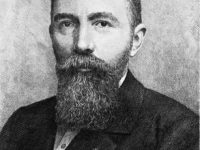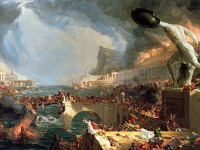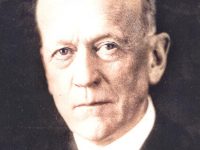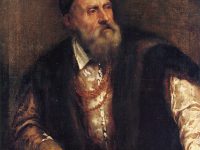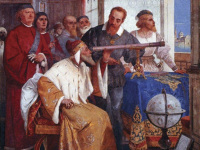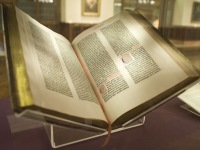Émile Baudot and his Improvements in Telecommunication
On September 11, 1845, French telegraph engineer and pioneer of telecommunication Émile Baudot was born. Baudot invented a multiplexed printing telegraph system, for which he invented the Baudot code, and allowed multiple transmissions over a single line. The baud unit was named after him. The Modest Life of Émile Baudot Baudot was born in Magneux, Haute-Marne, France, the son of farmer Pierre Emile Baudot, who later became the mayor of Magneux. In his youth he…
Read more

